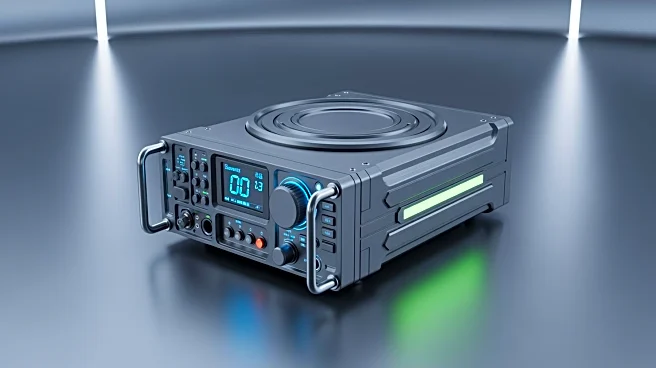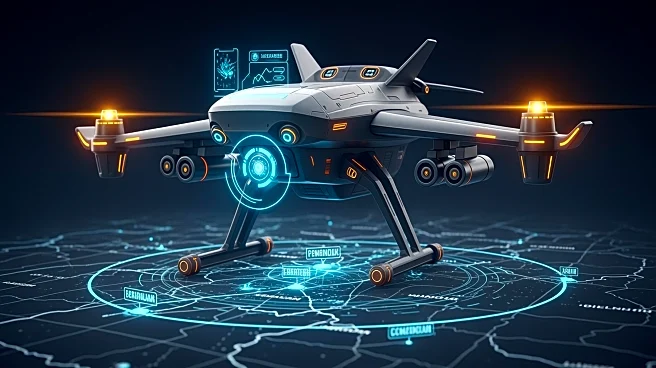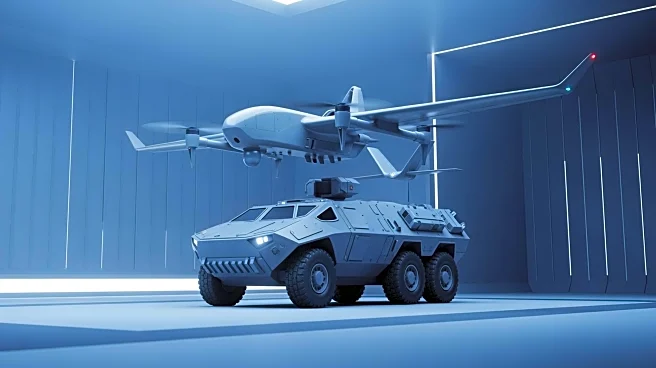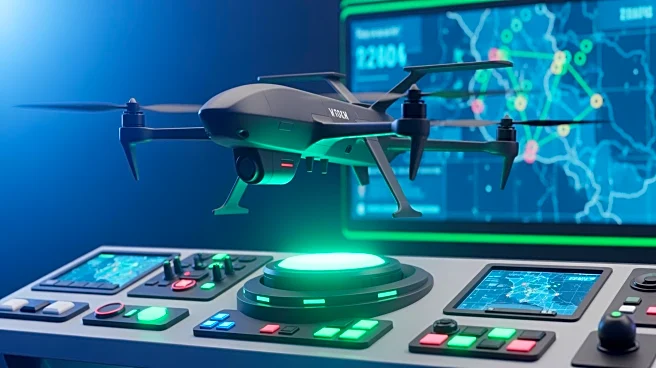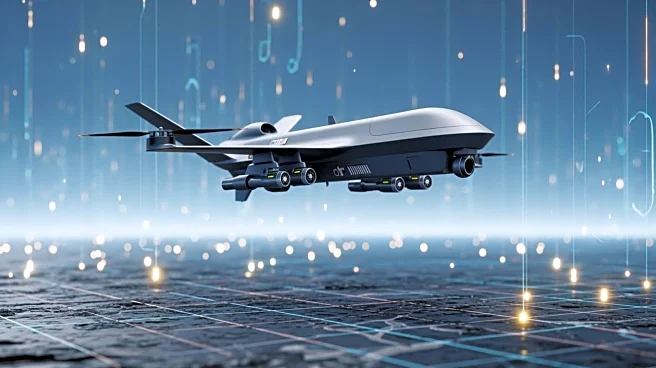What's Happening?
L3Harris Technologies has announced plans to produce approximately 6,000 RF-9820S Widmo radios annually in collaboration with Polish manufacturer Centrum Techniki Morskiej (CTM). The radios, expected to be
rolled out in 2026, incorporate lessons learned from the Armed Forces of Ukraine, particularly in enhancing resilience to electronic warfare and adaptability to frequency jamming. The RF-9820S Widmo features software-defined waveforms that can be upgraded in the field, allowing for continuous improvements without removing the radio from the battlefield. The company aims to continue upgrading the radio's capabilities while manufacturing progresses, ensuring its long-term presence in military operations.
Why It's Important?
The development and production of the RF-9820S Widmo radios represent a significant advancement in military communication technology, particularly in electronic warfare resilience. This initiative could enhance the operational capabilities of military forces by providing more reliable and adaptable communication tools. The collaboration with CTM also underscores the strategic partnership between L3Harris and Polish defense industries, potentially strengthening Poland's defense infrastructure. The ability to upgrade waveforms in the field offers military forces a tactical advantage, ensuring communication systems remain effective in dynamic combat environments.
What's Next?
L3Harris plans to continue refining the RF-9820S Widmo's waveforms and implementation strategies as production advances. The radios are expected to be deployed in military theaters for years to come, suggesting ongoing collaboration with defense forces to optimize performance. The partnership with CTM may lead to further joint ventures or technological developments, enhancing both companies' roles in the global defense market.
Beyond the Headlines
The introduction of software-defined radios like the RF-9820S Widmo could influence broader military communication strategies, emphasizing the importance of adaptability and resilience in electronic warfare. This development may prompt other defense contractors to invest in similar technologies, potentially leading to a shift in how military communication systems are designed and deployed.
